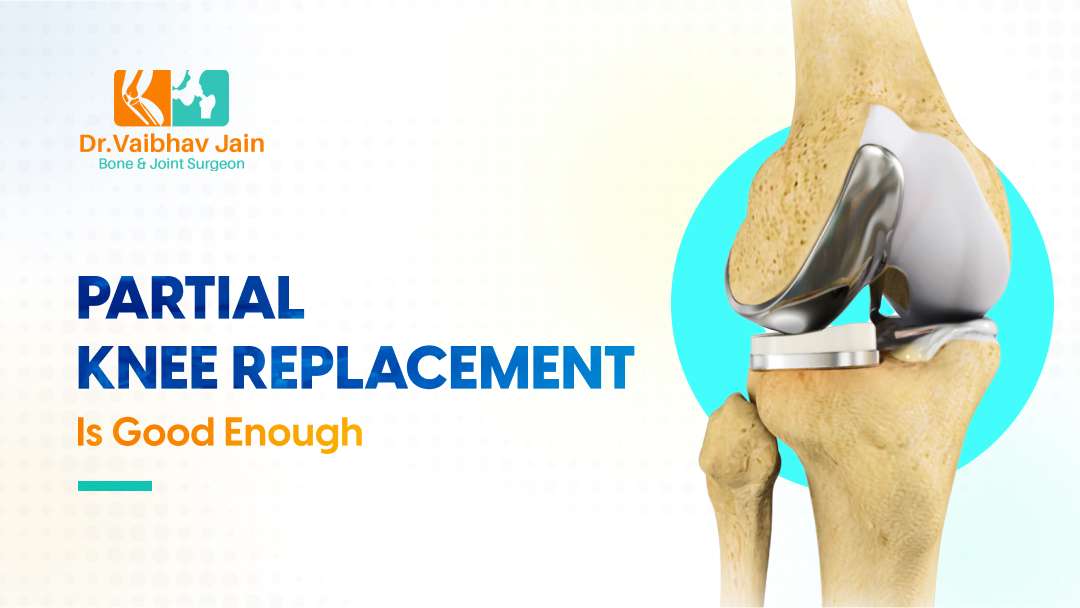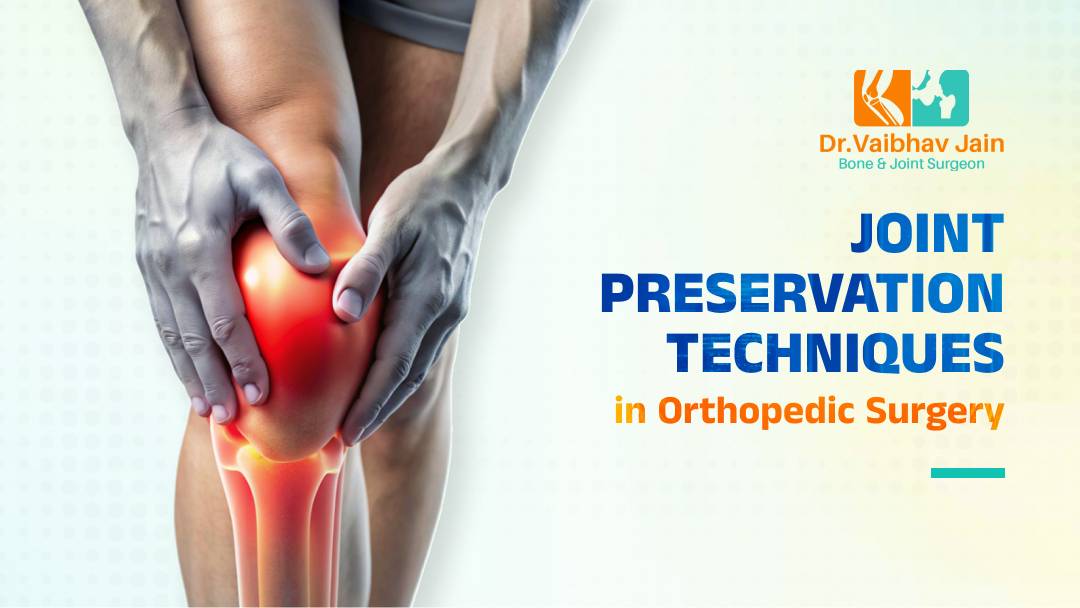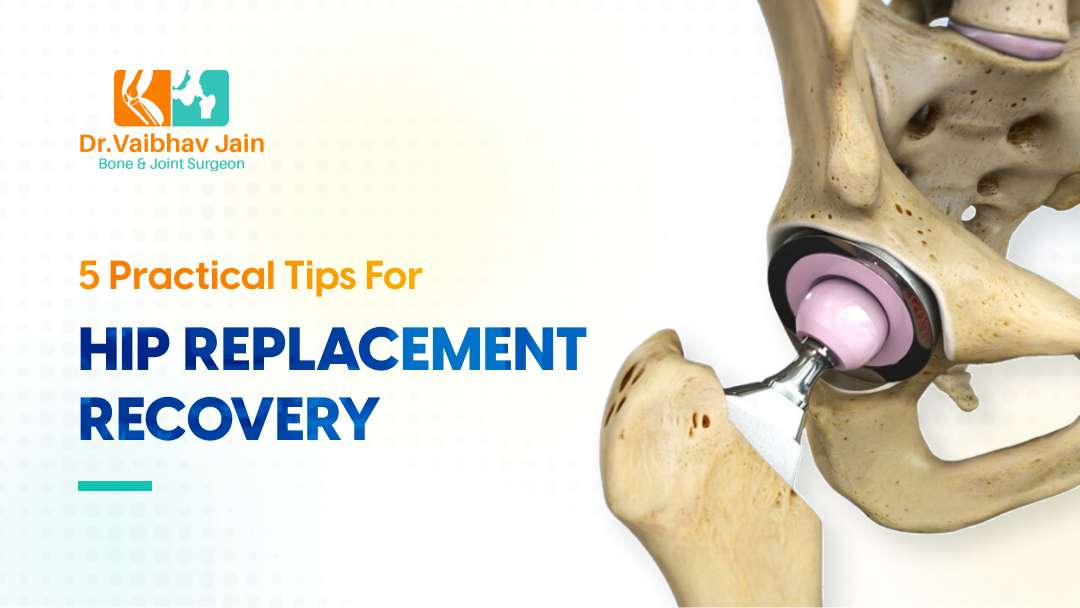The decision to undergo a knee replacement is one that should be made with careful consideration, as it can have a profound effect on one’s quality of life. Partial knee replacement is a viable option for some patients, offering a less invasive solution with a shorter recovery time than full knee replacement.
However, for others, full knee replacement may be the best option for restoring mobility and reducing pain.
Why Do Full Knee Replacement When Partial Knee Replacement Is Good Enough?
Partial knee replacement may not be suitable for all patients. For some, the damage to the knee may be too severe and full knee replacement may be the only option. Full knee replacement can also provide greater stability and improved range of motion than partial knee replacement.
Here are top 5 reasons to do full knee replacement when partial knee replacement is good enough.
1. Components Can Last About 10 To 15 Years
It is important to consider this longevity when deciding if a full knee replacement is the right option for you. Partial knee replacements are often a good option for those who have mild to moderate knee arthritis, but for those with more severe arthritis, a full knee replacement may be the best choice.
The main reason to opt for a full knee replacement over a partial knee replacement is the longevity of the prosthesis. With a partial knee replacement, the prosthesis may need to be replaced within 10 years, whereas a full knee replacement can last up to 15 years. This means that a full Knee implant surgery can provide a longer-term solution to knee pain, versus a partial knee replacement that may need to be replaced sooner.
Additionally, a full knee replacement has the capability to provide more range of motion and stability than a partial knee replacement. This can be of great benefit to those who experience difficulty with activities of daily living due to knee pain.
2. Better Range Of Overall Mobility And Greater Satisfaction
Full knee replacement surgery offers a much better range of movement than a partial knee replacement and therefore, allows the patient to gain more mobility of the joint. This means that a full knee replacement is much more effective in providing a higher quality of life.
In addition, full knee replacement surgery offers greater patient satisfaction with the outcome. With a full knee replacement, the patient can expect a more stable joint and a decrease in the pain associated with arthritis. Furthermore, full knee replacement surgery allows for a much higher degree of movement than a partial knee replacement. This means that the patient is able to move more freely and to enjoy a higher level of activity afterwards.
Full knee replacement surgery offers a better range of overall mobility and a higher degree of satisfaction with the outcome. Therefore, if you are dealing with severe knee pain and looking to improve your mobility and quality of life, then a full knee replacement procedure may be the best option for you.
3. Higher Functional Scores
Patients who undergo a full knee replacement usually experience an improvement in their functional scores. This is because the new prosthetic knee components are designed to move more efficiently than the patient’s natural knee, which can result in fewer pain and more mobility.
The improved functional scores associated with full knee replacement are just one of the many advantages to undergoing this surgery. Other benefits include decreased pain, improved range of motion, increased stability, and improved quality of life.
If you or a loved one is considering knee replacement surgery, it is important to understand the potential benefits that can be gained from the procedure. With full knee replacement, you can enjoy improved functional scores and increased mobility. This can lead to a better quality of life and a greater sense of freedom.
4. Lower Risk Of Complications
Full knee replacement surgery is a major medical procedure that requires careful consideration and preparation. While the risks associated with knee replacement surgery are still present, recent advancements in the field of orthopedics have allowed for a lower risk of complications associated with full Knee surgery.
Recent advancements in orthopedics have allowed for a lower risk of complications associated with full knee replacement. These advancements include improved surgical techniques and implants, as well as the use of smaller incisions, which can help to reduce the risk of infection. In addition, antibiotics are often administered before and after the surgery to reduce the risk of infection.
5. Reduce The Need For Additional Surgeries In The Future
Full knee replacement surgery can also help prevent further damage to the knee joint. By replacing the entire joint, the pressure that is normally put on the joint is spread out across the entire joint, rather than concentrating it in one area. This can reduce the risk of further damage to the joint, and can help to reduce the need for additional surgeries in the future.
This surgery can also help improve a patient’s quality of life. The surgery can typically significantly improve the patient’s ability to walk, run, and participate in other physical activities. As a result, many people report improved levels of activity and overall quality of life following their surgery.
Full knee replacement surgery can be a highly effective treatment option for advanced knee osteoarthritis. Not only can it reduce pain and improve mobility, but it can also help reduce the need for additional surgeries in the future. Therefore, if you suffer from knee osteoarthritis, it may be worth considering a full knee replacement surgery to help manage your condition and improve your quality of life.
6. Use Good Technique When Participating In Sports
When participating in sports, it’s important to use good technique in order to reduce the risk of rotator cuff injuries. For example, when throwing a ball, be sure to follow through with your throw and use good arm mechanics to help prevent overuse injuries. This means keeping your elbow near your body, instead of away from it, and keeping your hand, wrist, and shoulder in alignment so you don’t strain your rotator cuff.
Another technique to help protect the rotator cuff is to use a proper warm up before any physical activity. Warming up helps to increase blood flow to the muscles and joints, making them more flexible and less prone to injury. It’s also important to stretch after physical activity to help reduce the risk of injury.
It’s important to listen to your body and be aware of any aches or pains. If something doesn’t feel right, it’s best to take a break to let your body rest and recover. Doing so will help to prevent further injury and allow you to return to your sport feeling healthy and strong.
By following these tips and treatments, you can help ensure a healthy and successful recovery from a rotator cuff injury.
Conclusion
Full knee replacement may be necessary if the damage to the knee joint is too extensive or if the patient has a severe deformity, instability, or arthritis that cannot be addressed with partial knee replacement. Partial knee replacement may not be enough to alleviate the symptoms of these conditions and may not provide adequate pain relief or function.
A full knee replacement is a major surgical procedure that involves replacing the entire knee joint with artificial parts. It’s a complicated procedure, and requires the expertise of an experienced orthopedic surgeon. If you’re considering a full knee replacement, consult Dr. Vaibhav Jain. He is an expert in orthopedic surgery and has the knowledge, experience, and skill to ensure that your knee replacement is successful.





